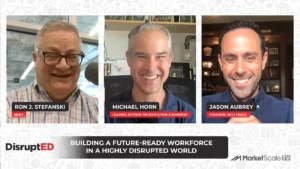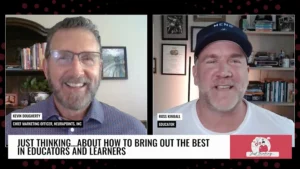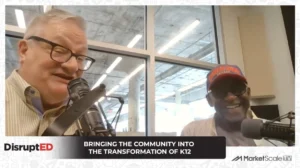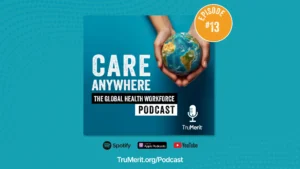Sanitation Practices That We Will Stick With After COVID
The initial response to COVID saw a massive increase in the use of disinfectants across a wide spectrum of operations, everything from retail, transportation, hospitality, and healthcare to gymnasiums and restaurants introduced programs with intensive disinfection. People who were not routinely disinfecting surfaces put in place protocols to disinfect after every use, or moved from sanitizing to disinfection. The first impact of this was an immediate shortage of disinfectants and the materials to apply the disinfectants on a global basis. Many products especially ready to use wipes and liquids were simply unobtainable.
The good news is that over the past few months global supplies of disinfectants are now matching demand and supplies of most disinfectants are now widely available on the market we are also reevaluating what is being disinfected and how often. The CDC recently published guidelines that suggested the frequency of disinfection may be too high, the document has a number of flaws but it suggests that cleaning with a detergent routinely and only using disinfectants after an infected person has visited, the obvious problem being that we do not always know when an infected individual has visited our premises.
One thing that has had a significant impact on the market during COVID is the wide spread use of electrostatic spraying devices to apply disinfectant. These sprayers are very efficient at applying disinfectant over wide areas and can effectively cover a large area quickly, often using significantly less chemical than traditional methods such as cloths and mops. It is likely that the adoption of these devices will continue into the future as people see the benefits of being able to disinfect with such ease.
When supply chains are stressed, and products are in short supply people often look to alternative means and products. Before COVID hospitals and long term care facilities were typically very conservative in selection of disinfecting products and it could take many months to make a decision on the product that would be used. During the COVID outbreak we saw a lot of people switching to new and novel products such as NaDCC tablets, these have advantages over liquid disinfectants from a shipping and handling perspective and the ability of a few tablets to make a lot of disinfectant. Tablets have become one of the new items on the list of effective disinfectants that offer a broad spectrum of efficacy with minimal damage.
One area that has very much come to light in 2020 to 2021 is the lack of a significant flu season this year, a combination of mask wearing, hand hygiene and surface disinfection appears to have reduced the flu season to less than one tenth of normal. If we are willing to continue these practices especially in high risk areas such as schools and universities then we may have inadvertently created a solution for what had been a long term challenge. To continue with disinfection long term in schools, long term care, and daycare centers may require a financial commitment we are not ready to make but potentially we have the ability to reduce the impact of flu.
As the COVID risk subsides and restaurants are opening we see that traditional sanitizers as being replaced with disinfectants, sometimes it is similar chemistry just at a higher strength. This may well have an impact on the health and safety of the people applying the chemistry, and again the use of electrostatics provides options for use of chemistry that is less harmful than some of the legacy chemistries such as quaternary ammonium compounds. There have been a few reports of people being impacted by the use of cleaning agents and disinfectants, with reports to poison centers doubling, typically when investigated these reports are people misusing disinfectants, one example was mixing bleach and vinegar in a residential setting, clearly and inappropriate use of both products. Perhaps one of the impacts could be to get people to actually read and follow the instructions on the label, but also switching overall to safer products to reduce health risks.
It is unlikely that many sectors that started with intensive disinfection, after each customer, after each class, after each occupant, after each flight, or even daily will continue with the practice, the cost benefit does not make sense to the individual business. From a public health perspective addressing pathogens that can remain viable on a surface for period of days though disinfection will always help to reduce infection, we should encourage the continued use of disinfection of surfaces over the longer term even if it is not needed for COVID. As we look over the landscape of the challenges we face even when COVID has finally gone there are other hazards to address MRSA in gymnasiums, Norovirus in cruise line and restaurants and influenza in schools will still be with us, the difference is that we have new equipment such as electrostatic sprayers and new chemistries such as NaDCC tablets to help address those challenges.
Follow us on social media for the latest updates in B2B!
Twitter – @MarketScale
Facebook – facebook.com/marketscale
LinkedIn – linkedin.com/company/marketscale








